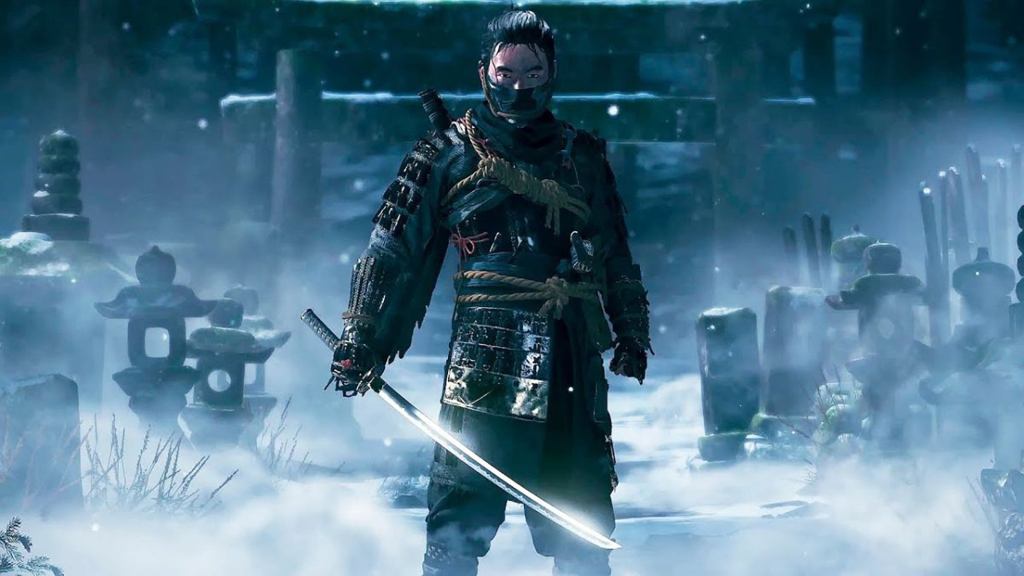Well, gamers, this is a huge letdown. After years of hype around Sucker Punch’s upcoming open-world epic Ghost Of Tsushima, we learned today from an insider source that the main character is a direct rip-off of a warrior from Japanese history known as the “samurai.”
This brazen theft is a disappointing revelation, and one that will make enjoying this title difficult, if not impossible.
What makes this even harder to take is that when we first saw previews of the Infamous and Sly Cooper developer’s latest release, we were absolutely blown away by the creativity that had gone into crafting the game’s fictional world. Every detail—from the so-called Bushido code of ethics to the weapon known as the tanto—appeared to be novel innovations showcasing the studio’s knack for worldbuilding. Sadly, however, we have now discovered that everything from the game’s aesthetic to its core conceit of attacking other soldiers with swords is nothing more than a halfhearted copy of this little-known class of Japan’s medieval hereditary nobility.
Of course, it was natural for Sucker Punch to assume no one would notice that they had cribbed innumerable details about the so-called “samurai” from Japan’s history. After all, words like “katana” and “ninja” are long forgotten in Japan. Meanwhile, the average American couldn’t even guess at their meaning, let alone connect them with a class of sword-wielding Japanese soldiers committed to loyalty to their feudal lord above all else. Frankly, it’s the same liberty that Rockstar Games took in plundering America’s history for the idea of “cowboys” in Red Dead Redemption, which, lest we forget, was based upon an oft-overlooked cohort of real-life outdoorsman and herders from the nineteenth century.
With all of this said, Sucker Punch should be applauded for rescuing the samurai from the dustbin of history. It must have been exhilarating to the game’s creators to open some dusty Japanese history book and realize the gameplay potential these forgotten swordsmen might have. Who knows? In the future, we might even see movies, books, and even other video games based on the fascinating idea of blade-wielding Japanese warriors dedicated to the martial virtues and an unflinching approach to pain. Let’s just hope the artists using these ideas remember to cite their sources!







